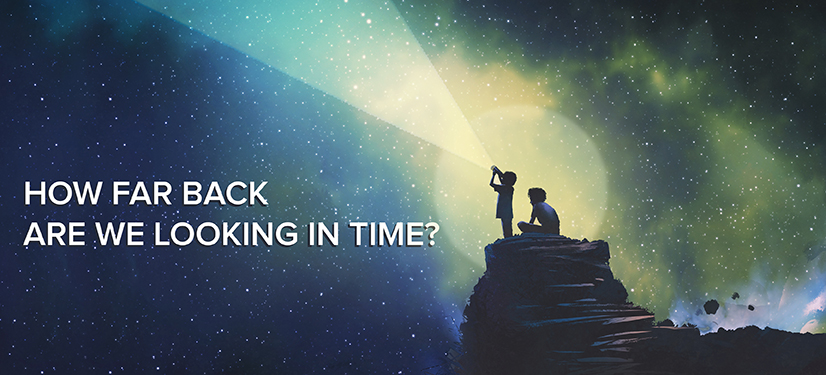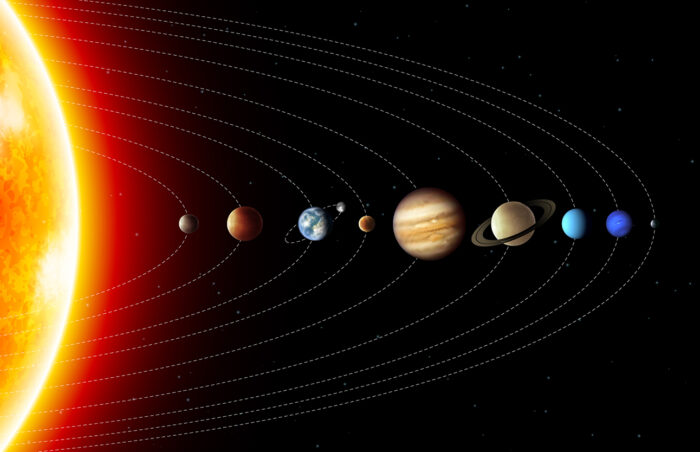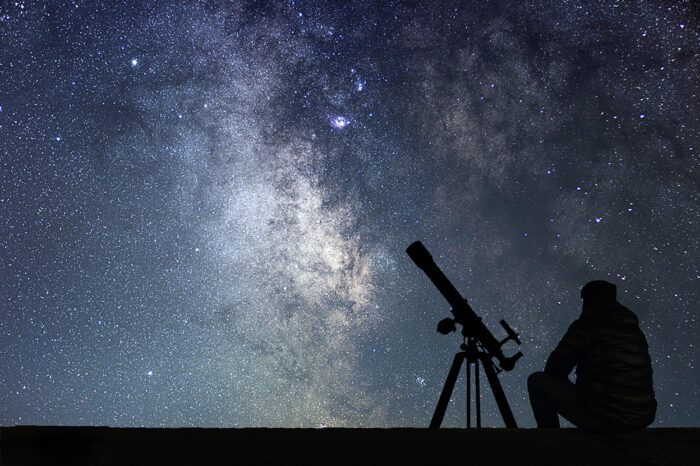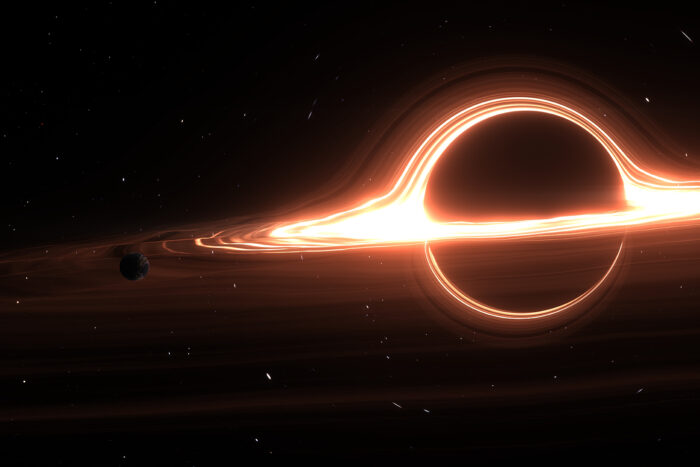
The idea of time travel has fascinated us for generations, and we see it in movies, television shows, and popular fiction dating back centuries. Who isn’t intrigued by the idea of hopping into some state-of-the-art machines that can shoot you back to your favourite memory as a child? Except it isn’t really a memory at all, but the real event taking place right in front of your eyes! What if you could travel to the future to see what has become of you and the people you love? The possibilities are simply too fantastic and mind-boggling to consider. As appealing as the concept is, it is also quite confusing at times, thanks to the Theory of Relativity, which was put forth by the great German scientist, Albert Einstein.
Now, what would you say if we tell you that you time travelled every day?

Now, we don’t mean that you’re jumping in some time travelling car and zooming into the past or future. There is a very different kind of time travel that you experience every day (or at least night) of your life. Let us tell you a bit more about how this works.
Light travels at 300,000 kilometres per second. That is inconceivably fast – faster than most people can even comprehend. This extreme speed is the reason you don’t have to wait for the light to appear when you switch on a bulb in your room; as soon as the bulb is on, light fills the room. In other words, you never have to ‘wait’ for light to reach you.
However, this is not the case with our sun. The Sun is awfully far away from Earth – approximately 150 million kilometres away, to be more specific! Light rays from the Sun have to cover this distance before they reach the Earth to kiss our skin and light our skies. It turns out that this journey (of light rays) takes roughly 8 minutes. Simply put, despite it’s extreme speed, light from the sun still takes 8 minutes to reach our planet.

Consider this: when you are looking at the Sun (although you shouldn’t look at it directly!) you are not actually looking at the present moment. Instead, you are looking at what the Sun looked like 8 minutes ago! As explained above, this is because those same light rays from the Sun that are striking your eye took 8 minutes to reach Earth. In other words, by the time those rays reached us, we had already advanced 8 minutes into the future!

Gazing at the stars, we often admire their beauty, unaware of the fact that when we are looking at these sparkling objects in the sky, we are in fact looking into the past!
The bright star Sirius is 8.6 light-years away. (1 light-year is equal to 9 trillion km approximately). That means the light hitting your eye tonight has been traveling for 8.6 years. Put another way: When you look at Sirius tonight, you see it as it was 8.6 years ago! Pretty cool, huh?
There are many stars and celestial bodies that are very, very far away from us. Therefore, when we look at them through a telescope, or even with our naked eyes (the stars that we see at night), we are actually looking into the past – more specifically, their past!

The nearest known star to the Sun is the Alpha Centauri triple-star system, and light takes more than four years to get from there to Earth.
The stars of the Big Dipper range from 60 to 125 light-years away. When you look at Dubhe, the front star in the “bowl” of the Dipper, you are seeing light from before you were born.
The Andromeda Galaxy is the most distant object readily visible to the naked eye. It is 2.5 million light-years away. The light from it that we see right now is 2.5 million years old. We are therefore seeing the Andromeda Galaxy as it was at a time long before modern humans existed! The closest human relatives alive at the time were members of the genus Australopithecus.

If an alien 65 million light-years away sees The Earth through a powerful telescope, can they see dinosaurs?
Well, theoretically yes! Let’s see how.
The last known species of dinosaurs became extinct approximately 65 million years ago. So the light that left The Earth back then is now 65 million light-years away.
This brings us to galaxy NGC 4845. It is located 65 million light-years away, meaning that we are seeing it as it was 65 million years ago, right around the time the T. rex went extinct. The finite speed of light has the exact same effect in the other direction. That means if there are intelligent aliens in this galaxy, when they look at the Milky Way, they are seeing our galaxy as it was at the time of the dinosaurs. In principle, they could see our planet as it was at that time, too!
With a huge telescope directed in the right direction (towards the Earth) aliens might be able to witness dinosaurs.

So far we have discussed the theoretical possibility of the subject matter. But is it really practical? The answer is no! The universe is vast. Precise astronomical calculations revealed that the Milky Way is 100,000 light-years across and out there are millions more which are way larger than our’s.
At about 65 million light-years, our fellow alien astronomers would need a really BIG telescope!
Even the wildest theoretical technologies that anybody has ever imagined (such as using the Sun as a magnifying lens) would not be nearly powerful enough to see dinosaurs on Earth from such a great distance.
By the time you get that far away, there are almost no photons (particles of light) left to collect, which means there is no obvious physical way for any aliens in NGC 4845 to reconstruct pretty pictures of old T. rex!
Want to read more such cool articles about space and science? Head to The Learning Tree blog!
Raza has been writing since 2008, be it fiction, poetry, or articles on science, politics, and history. He believes that words can change the world, and he uses them to inspire and empower people through his writing. When he is not working, he is watching nature documentaries or playing with his cats.
Comments
Archana bhatt
August 28, 2021
I love byjus because it is the best app for me
Alokendra Mandal
August 28, 2021
Theory of Relativity and Theory of Special Relativity given by genius Albert Einstein is the greatest gift to humanity, as it shows the possibility of making sci-fi Doraemon like gadgets possible, like Time-machine (through black hole’s singularity), Anywhere Door (Wormhole Theory) and even more.